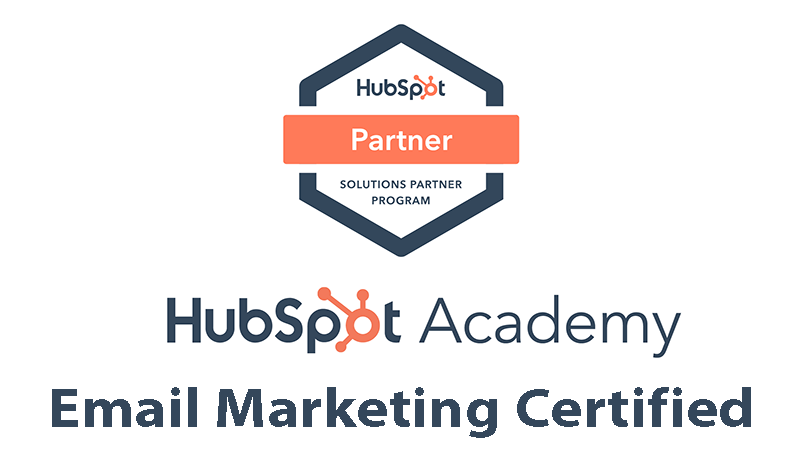HubSpot Marketing Services
Reach Marketing Goals Faster
Most startups — and even many scaleups — have limited bandwidth to plan, build, and launch a marketing campaign that actually helps them get closer to crucial sales and marketing goals.
Despite this, the future of many businesses hinges on the effectiveness of their marketing programs.
Outbound Marketing
A potent outbound marketing campaign involves careful audience targeting, message crafting, asset design, customer journey automation, and more. The best outbound campaigns attract swathes of qualified leads, keeping sales teams happily busy and building an audience for your inbound content.
Inbound Marketing
Inbound marketing — often the province of more established marketing programs — involves the creation and presentation of valuable, original content on your website, blog, and other content mediums. While inbound will seem less effective during the audience-building phase, a robust inbound marketing program will fuel itself as traffic increases and qualified leads swarm to your website.
HubSpot gives you all the tools you need to accomplish these goals, but using those tools effectively requires deep expertise and marketing experience. As a managed marketing service provider, Sellerant leverages our expertise and experience — combined with our HubSpot Partner Certification — to help you reach your marketing goals faster and grow.


Outbound Marketing Services
Sellerant plans and builds monthly outbound marketing campaigns for you. We also meet with your team for strategy and performance reviews. Our outbound program includes:
- Kickoff session to identify target lists and goals
- Landing page (1 per month)
- Lead capture form (1 per month)
- Email marketing content + automation
- 750-word article (1 per month)
- Social media posts (10 per month)
- HubSpot CTA integration
- Custom dashboard reports to track campaigns
- Monthly performance review session
Requires:


Inbound Marketing Services
Sellerant develops your inbound marketing program. We also meet with your team for strategy and performance reviews. Our inbound program includes:
- Kickoff session to identify marketing goals
- Landing page (1 per month)
- Lead capture form (1 per month)
- Email marketing content + automation
- 750-word articles (2 per month)
- Social media posts (20 per month)
- HubSpot CTA integration
- Custom dashboard reports to track campaigns
- HubSpot SEO topic tree setup
- Lead scoring system
- Monthly performance review session